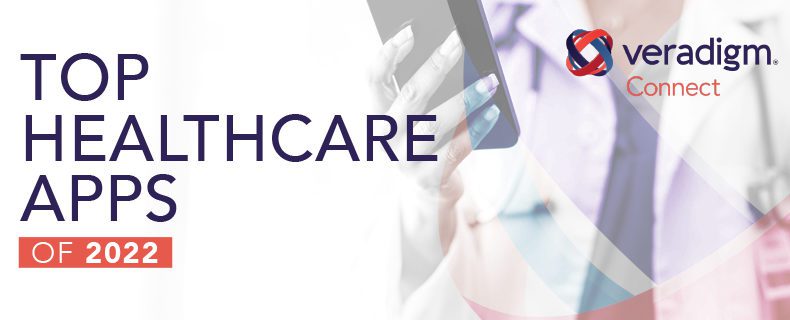Blog Posts
Building the EHR of the future: One hospital executive’s vision


Editor’s note: More than 40 hospitals and health systems clients presented at the recent Allscripts Client Experience (ACE) event held in Dallas, Texas. Here, a leader from Hendrick Health System discusses going “all in” with Allscripts.
Hendrick Health System (Abilene, Texas) serves a 24-county expanse of Midwest Texas—what’s known as the Big Country. We offer a wide range of services including neurosurgery, oncology, home health, hospice and more.
Our health system recently achieved a prestigious milestone: Stage 7 — the highest level attainable — on the HIMSS Analytics Electronic Medical Record Adoption Model (EMRAM).
The road to EMRAM 7 was made possible, in part, due to our strong partnership with Allscripts. While we had previously experimented with multiple vendors, we have now gone “all in” with Allscripts solutions. Why? With 10 systems and 10 different vendors, not only did we have to hope that all 10 vendors stayed in business, we had to hope they developed at the same pace. We found we spent more time integrating and updating than we did actually implementing systemwide strategies. With Allscripts solutions, we know we are on a much better course.
Having a cohesive, systemwide strategy led us to re-evaluate our approach and enabled us to unify everything around the patient. We candidly asked ourselves: Are we working for the computer or is the computer working for us?
It’s a question easy to answer if you know that the goal is really to unify everything around the patient to achieve our vision: “One patient. One record. One Hendrick.”
Partnering with Allscripts enables us to influence the next generation of HIT development. With that comes discovery and redirection. We have become a reference site with Allscripts, and one of the reasons we like doing that is to collaborate more with similar organizations. Hospitals don’t do a very good job of enabling other organizations to see their technology–everybody tries to be super-secret. These are not complicated issues, and I think as an industry we can take better care of patients if we share what works.
Being in the clinical world is messy and forever will be. We need to remember that EHRs document the story of a patient and their journey.
My hope is that in the midst of the chaos, clinicians will redirect our mindset from inward to outward. It’s easy to get sidetracked and pessimistic. But remember: We are not doing this for us.
Can we take care of patients with an icon that is green instead of blue or with a text box on the left instead of the right? Yes, we can. We have got to redirect our attention. It is not about us. It is about how we take care of our patients in the best way possible. We need to ask: Are we making that smooth patient handoff to the next clinician? Are we investing in good patient care workflow or just installing new software?
This is a huge moment in healthcare. If we really want to stay relevant, we need our EHR to not just be the EHR of 2009. We need a new EHR that is reinvented and reimagined. We need an EHR that meets the true and deeper mission of “meaningful use.”
It is no longer just about getting information into a computer. It is about how we use that information in a relevant manner at the point of care so that we can truly influence the trajectory of someone’s life and not just manage their illness.












